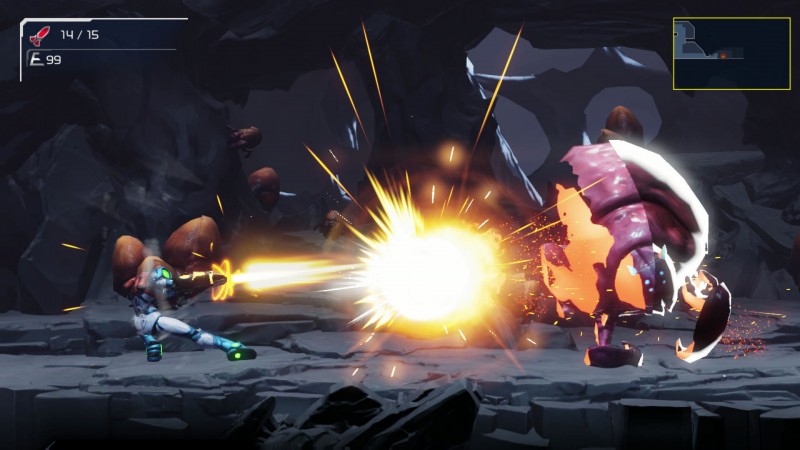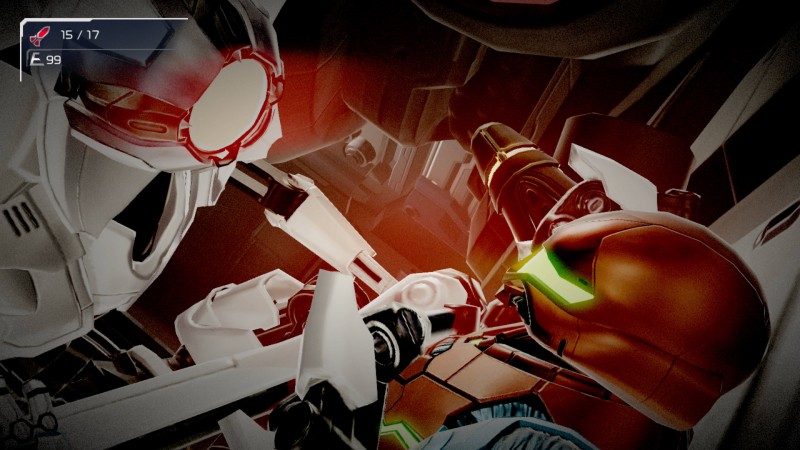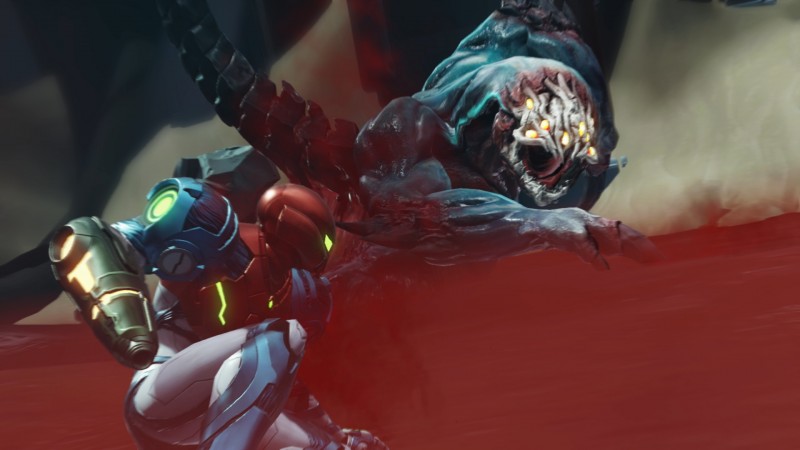The announcement of Metroid Dread earlier this week was met with widespread excitement as fans of the series are finally receiving a new 2D Metroid. While some games in the series, primarily 1994’s Super Metroid on Super NES, are considered among the greatest games of all time, fans of the 2D style of Metroid have been waiting for news of a new adventure for Nintendo’s galactic bounty hunter to embark on.
Following the launch of the last all-new 2D Metroid game, 2002’s Metroid Fusion on Game Boy Advance, the name “Metroid Dread” began floating around as early as 2004. Though we’ve heard rumors of cancellation, development restarts, and platform changes throughout the last 16 years, Nintendo has been largely quiet on the follow-up game to Metroid Fusion. However, Tuesday’s re-emergence finally gave long-suffering fans the relief they’ve been waiting for.
While the Metroid faithful have known the name Metroid Dread for more than a decade and a half, Nintendo’s Yoshio Sakamoto, who serves as producer on Metroid Dread, says development has been on and off rather than continuous. “At the time that we came up with the idea, the hardware wasn’t there; the technological concepts weren’t working with our vision,” he says. “We had to put it on hold. Then some time later, we started again, but then we stopped again for pretty much the same reasons.”
The technological hurdles were largely surrounding the platforms Nintendo had on store shelves at the time. Two years after the launch of Metroid Fusion on Game Boy Advance, Nintendo released the DS, adding additional hardware capabilities, including better graphics, more processing power, and a second screen with touch functionality. “Thinking in terms of the specs that I had in mind, it was a bit difficult to realize that concept with that hardware,” Sakamoto says.

As the hardware continued progressing, Sakamoto kept his eyes open for ways to make Metroid Dread. He says that a confluence of events – better hardware, a better development system, and an established collaboration with Metroid: Samus Returns developer MercurySteam – led to the game finally getting made. “With Samus Returns, you know that we met with MercurySteam Entertainment to make that game,” he says. “The reason that I actually met with them was in the hopes that they’d be able to realize the concepts that I had for Metroid Dread, and with their ability and their technical know-how that they’d be able to make what was once a concept an actual reality. I’m sure you know having played Samus Returns that they are a good team. So, in meeting with them, I got the sense that they were a team that I could work together with towards a singular concept and realize this goal that I had in mind for Metroid Dread.”
Despite all of the time that has passed since the original idea, Sakamoto says that the main concepts endured since that initial period of wanting to create a direct sequel to Fusion around 15 years ago. The idea was the powerful warrior Samus would be stalked and chased by an overwhelming enemy and she would have to escape, creating a tense environment as players explore. That notion is realized through EMMI robots, nearly invincible adversaries who patrol certain areas of the game. These characters can deliver one-hit kills if they can get ahold of the bounty hunter, with only a tiny window available for players to try and counter the killing blow.

Now that Metroid Dread development is in full swing and the game is set to hit later this year, Sakamoto seems pleased with the results when compared to the vision he initially had when dreaming up a 2D sequel to Metroid Fusion in the early 2000s. “My excitement for Metroid Dread has to do with the EMMI gameplay,” he says. “It is really better than I imagined those 15 years ago when I had the idea for this. Seeing that realized made me really, really satisfied. It’s to the extent that I really can’t wait for this game to be released and for you to get your hands on it and enjoy it yourselves.”
Metroid Dread launches on Switch on October 8. For more, check out our extensive preview here.
Game Informer
Source link
Related Post:
- Metroid Dread took 15 years to make due to technical limitations at the time
- Metroid Dread trailer teases answers to a series-long mystery • Eurogamer.net
- Metroid Dread “Another Glimpse of Dread” Trailer Released
- Talking Point: Why Metroid Dread Will Be Worth $60
- 10 In-Game Items That Took TOO Long To Unlock Without Money
- Amazing Video Game Lego Animation Took 9 Years To Make
- Final Fantasy 7 Remake – Part 2 Release Date – How Long Is Too Long?
- 5 Things You Probably Didn’t Know About Metroid Dread
- 10 Things We’ve Learned About Metroid Dread
- Dread Reaction Comes From A Metroid Cosplayer
